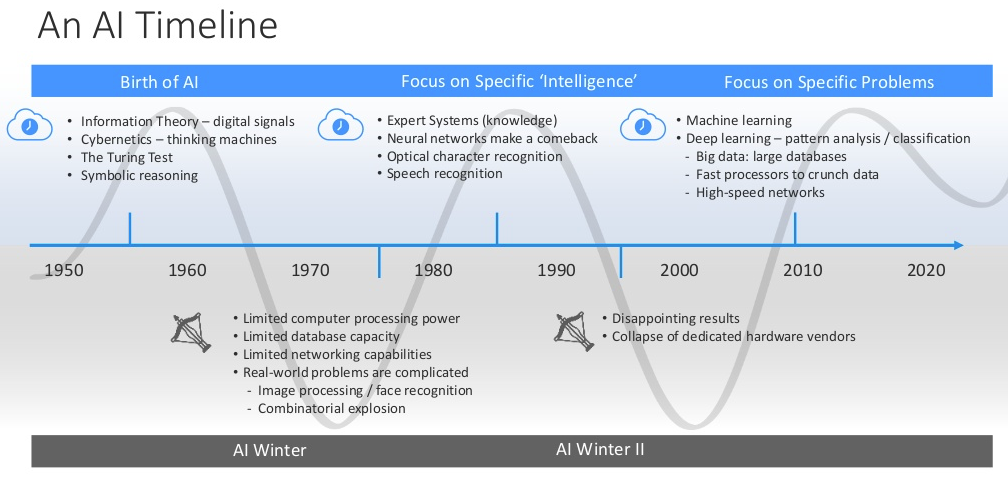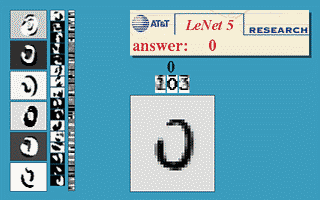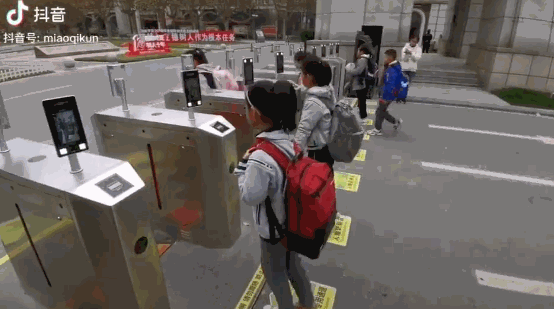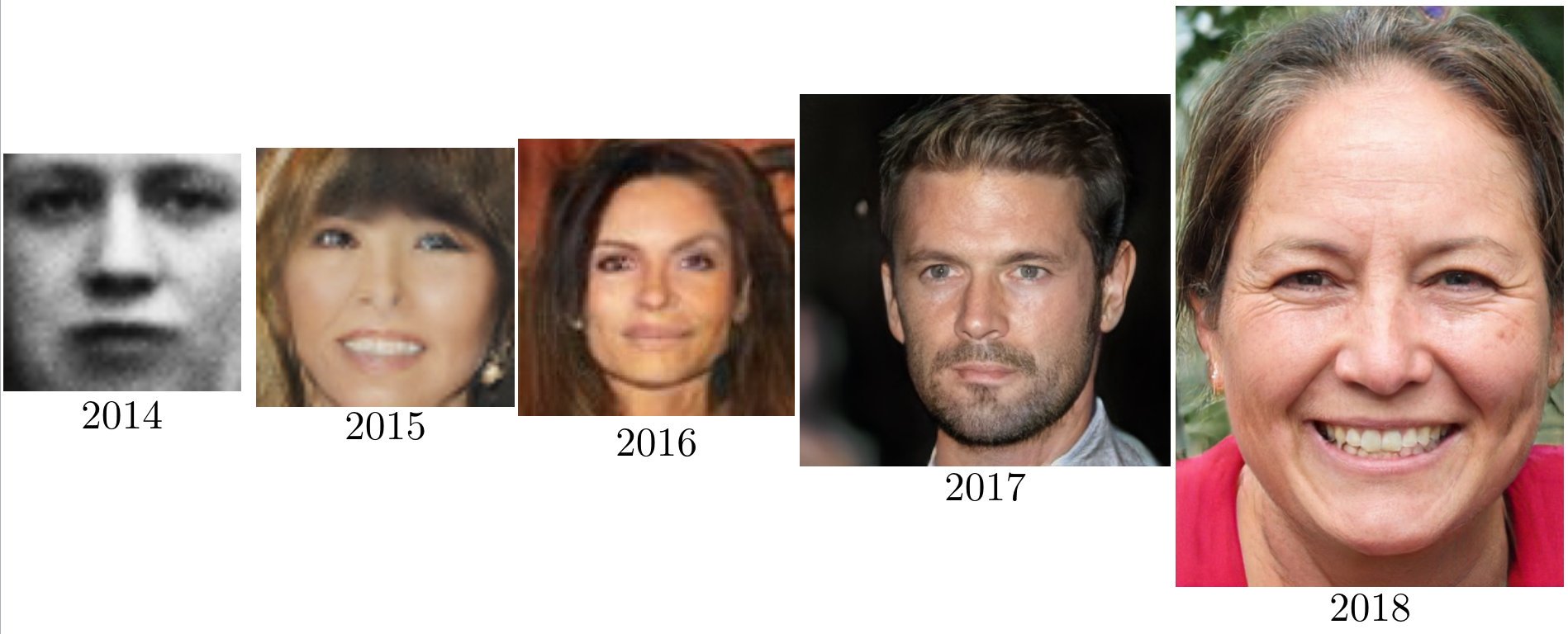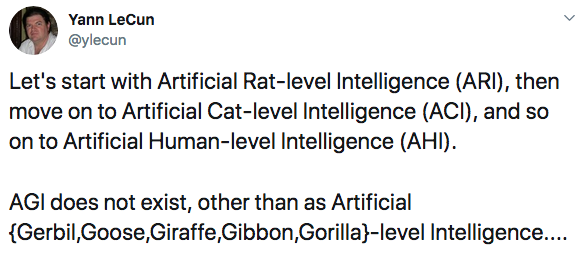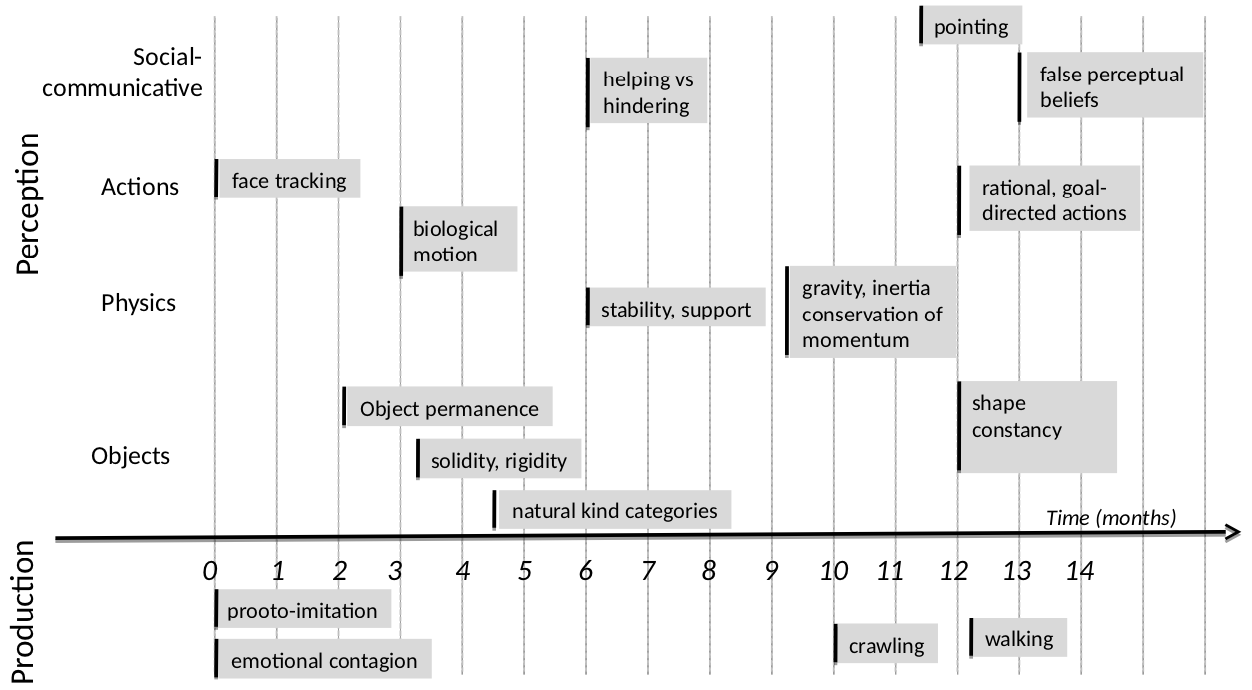Deconstructing AI
Table of contents
- What Is AI, Actually?
- How Do Machines Learn?
- Should We Be Scared Of AI?
What Is AI, Actually?
The original ambition of AI
“AI is the science and engineering of making intelligent machines.” (John McCarthy)
“Every aspect of learning or any other feature of intelligence can in principle be so precisely described that a machine can be made to simulate it.” (Dartmouth Workshop, 1956)
“AI is the science of making machines do things that would require intelligence if done by men.” (Marvin Minsky)
A technical definition of AI
“AI refers to systems that display intelligent behavior by analysing their environment and taking actions - with some degree of autonomy - to achieve specific goals.” (EC, 2018)
AI systems can be either:
- Purely software-based (e.g. voice assistants, search engines, face recognition systems).
- Embedded in hardware devices (e.g. robots, autonomous cars, drones).
Main areas of research
- Problem solving (e.g. search algorithms, constraint solving).
- Reasoning and decision making (e.g. logic, knowledge representation).
- Machine Learning.
- Real-world interactions (e.g. computer vision, natural language understanding, robotics).
AI is a moving target
As soon as AI successfully solves a problem, the problem is no longer considered a part of AI.
The tumultuous history of AI
AI is a highly interdisciplinary field
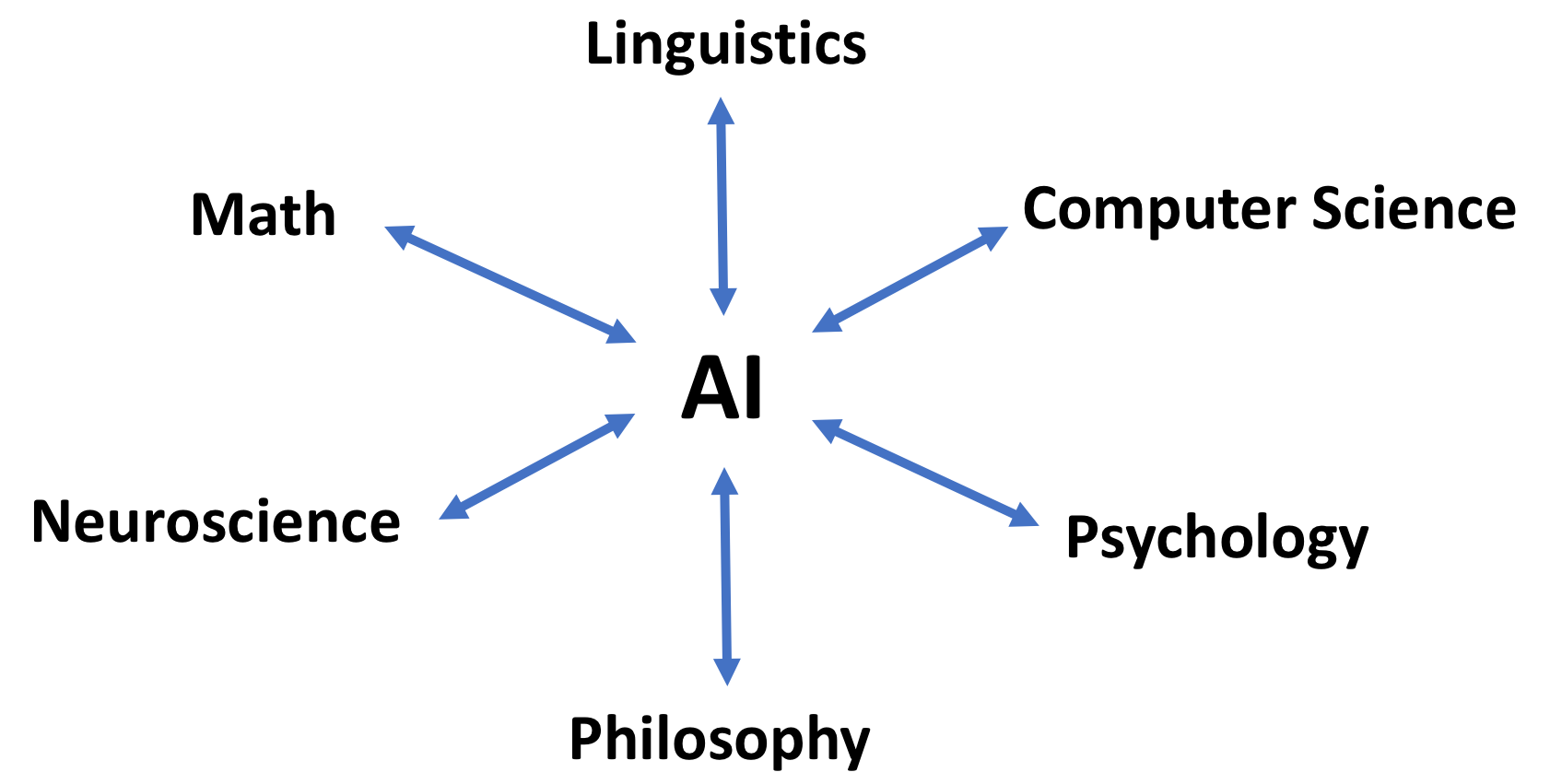
AI is a social science
AI has many social and societal implications:
- Job market transformation.
- Human/machine interactions.
- Trust and acceptability.
- Legal aspects and regulation.
- Fairness.
- Ethical use.
- Personal data.
- …
AI comes in different flavours
- Substitutive intelligence: replacement of men by machines.
- Augmented intelligence: human-centered AI for performance augmentation & autonomy enhancement.
- Hybrid intelligence: human-machine collaboration on complex tasks.
A broader definition of AI
“AI is an interdisciplinary field aiming at understanding and imitating the mechanisms of cognition and reasoning, in order to assist or substitute humans in their activities.” (Commission d’enrichissement de la langue française, 2018)
How Do Machines Learn?
Machine Learning in a nutshell
Set of techniques for giving machines the ability to find patterns and extract rules from data, in order to:
- Identify or classify elements.
- Detect tendencies.
- Make predictions.
As more data is fed into the system, results get better: performance improves with experience.
a.k.a. Statistical Learning.
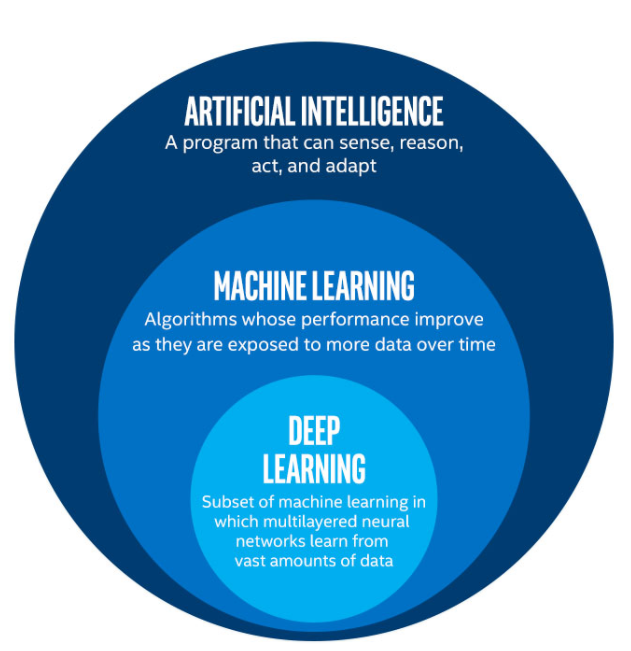
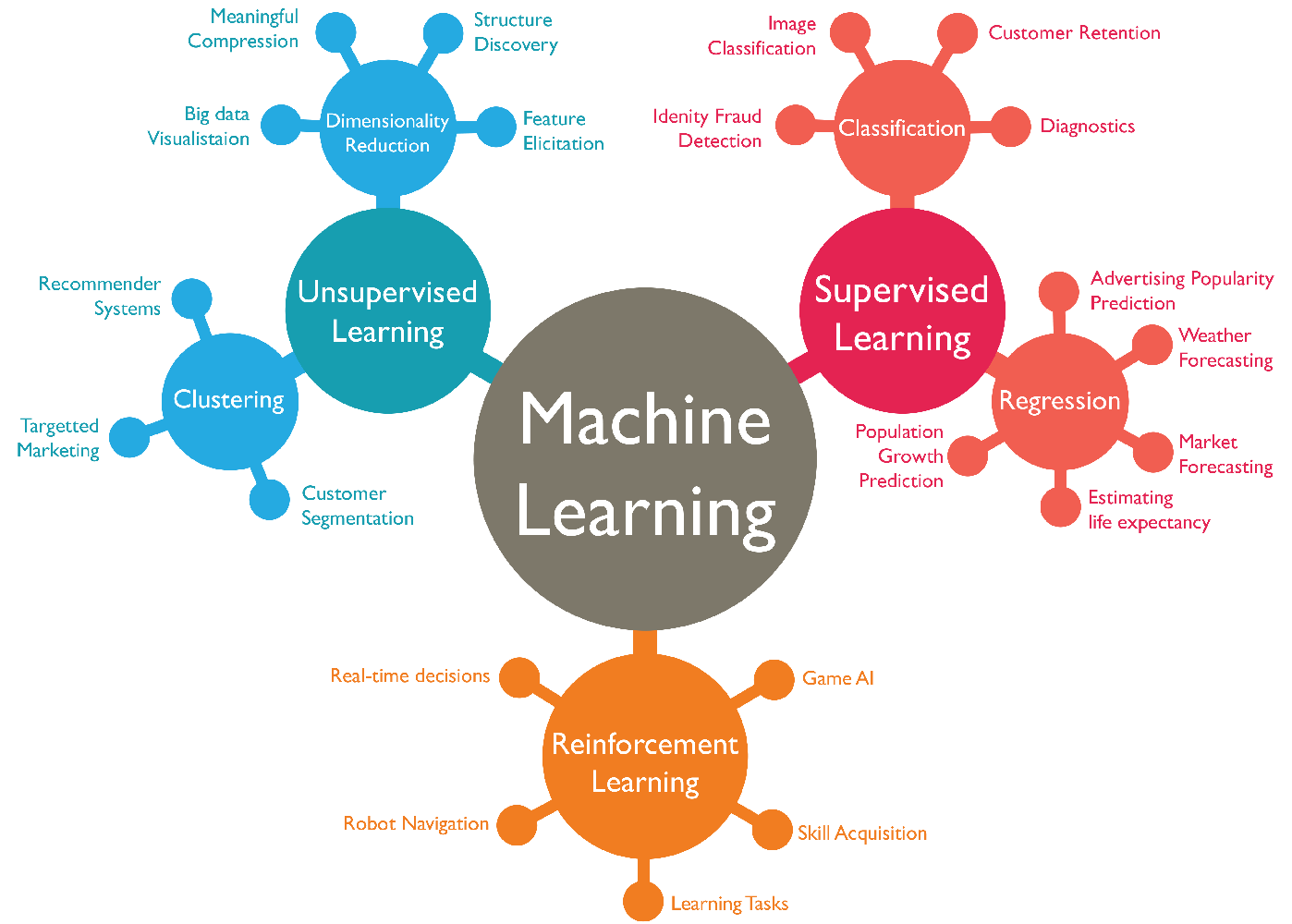
A new paradigm


The Machine Learning workflow
- Frame the problem.
- Collect, analyze and prepare data.
- Select and train several models on data.
- Tune the most promising model.
- Deploy the model to production.
ML is not a silver bullet!
- Some use cases are a better fit for ML than others:
- Difficulty to express the actions as rules.
- Data too complex for traditional analytical methods.
- Performance > interpretability.
- Data quality is paramount.
Algorithm #1: K-Nearest Neighbors
Prediction is based on the k nearest neighbors of a data sample.
Algorithm #2: Decision Trees
Build a tree-like structure based on a series of discovered questions on the data.
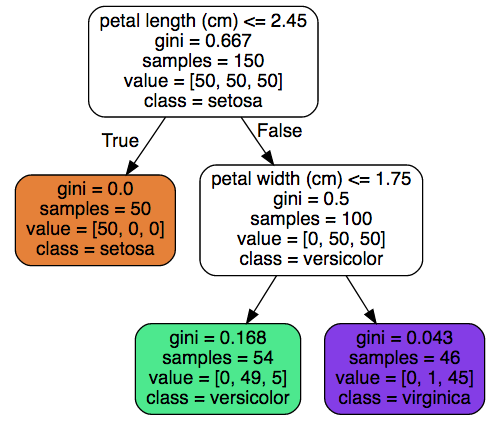
Algorithm #3: Neural Networks
- Layers of loosely neuron-inpired computation units.
- Can approximate any continuous function.
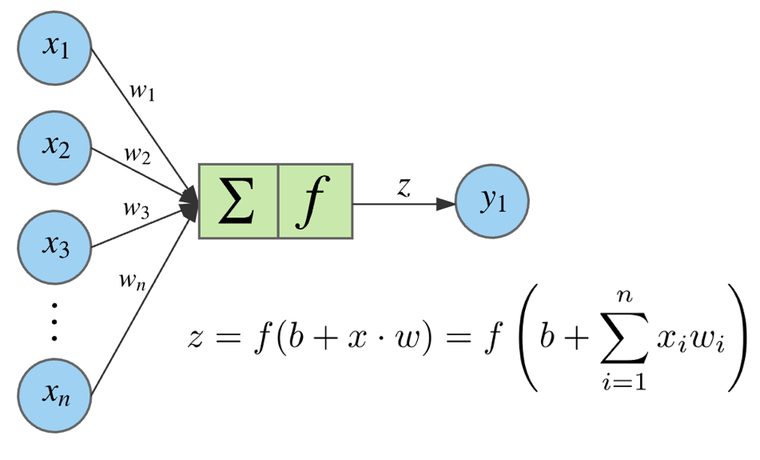
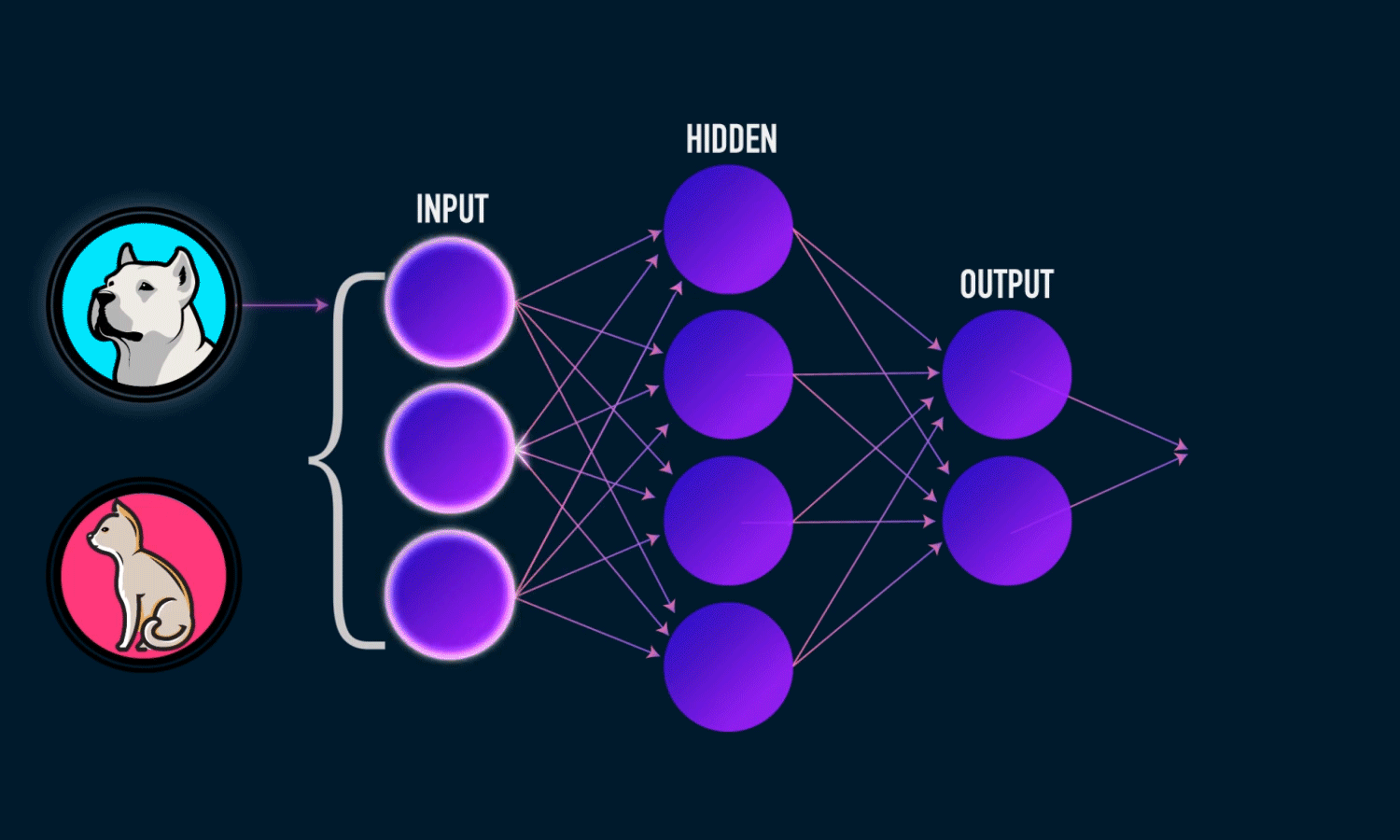
Training a network
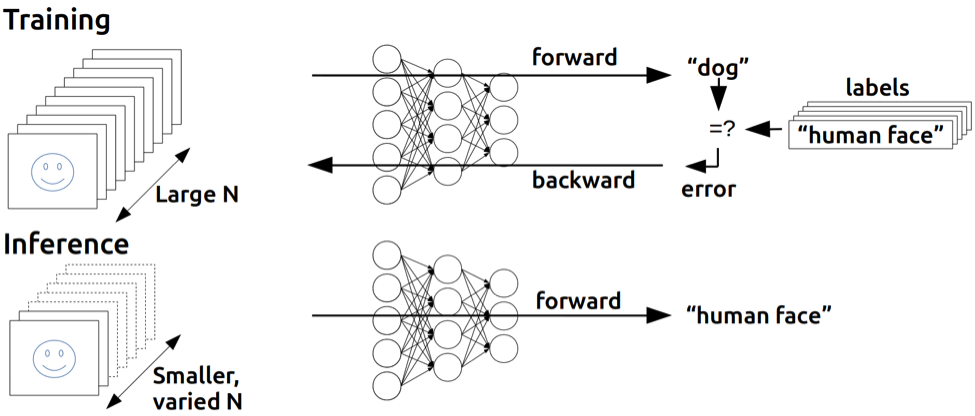
The Deep Learning tsunami
- Multilayered neural networks trained on (generally) vast amounts of data.
- Since 2010, outperformed previous state-of-the-art techniques in many fields (language translation, image and scene recognition…).
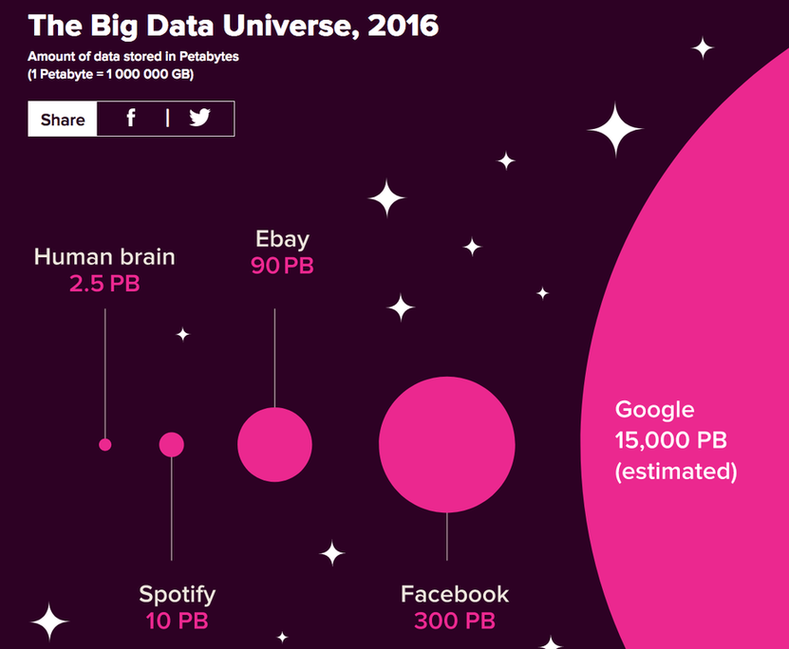

From labs to everyday life
Should We Be Scared Of AI?
AI is altering the job market…
- Machines outperform humans in a growing list of cognitive tasks.
- Repetitive tasks are most exposed (even complex ones, like medical diagnosis or financial analysis).
- Entire industries are on the verge of disruption (example: truck-based transportation, first employer in the U.S.).
… For better or worse
- Net impact of AI on job quantity is unknown.
- Most jobs will be transformed, not replaced by AI.
- Boring and repetitive stuff will be automated.
- AI will add new insight to help human decision.
- Human/machine interactions will multiply.
- Their quality will be a key factor of performance for organizations.
Real or fake?
AGI is very far away
- Current AI systems are weak: highly tuned to perform well in one task.
- Artificial General Intelligence a.k.a. strong AI, the ability to perform any task as well as a human, is out of reach.
The intelligence debate
- Despite their complexity, ML and DL algorithms can be viewed as merely curve fitting.
- On the contrary, some AI researchers envision DL as a new form of algorithmic reasoning, somehow mimicking the human brain.
The human brain is a masterpiece
- Approx. 86 billions neurons in 1.4 kg.
- Typical energy consumption: 20 W (!)
- So much of it is still unknown.
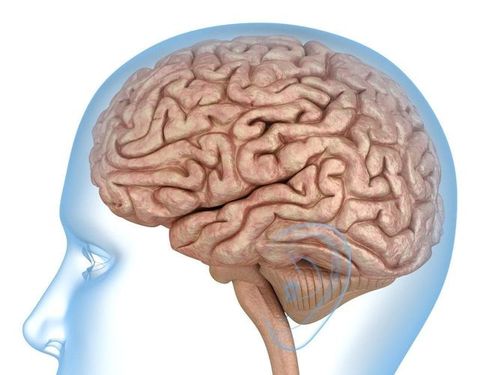
Babies are outstanding learners
Any questions?

